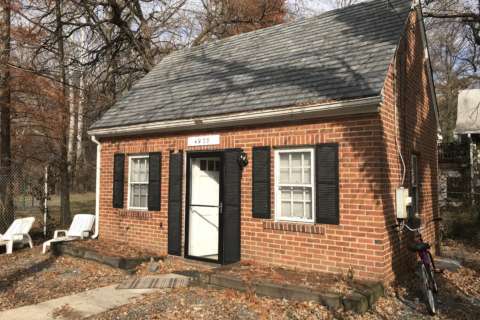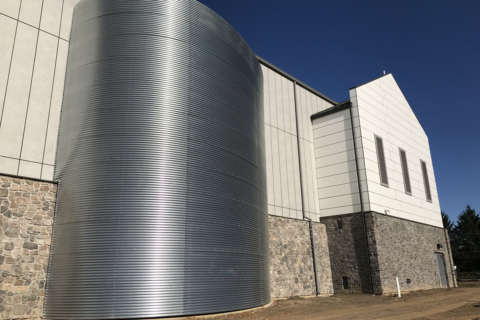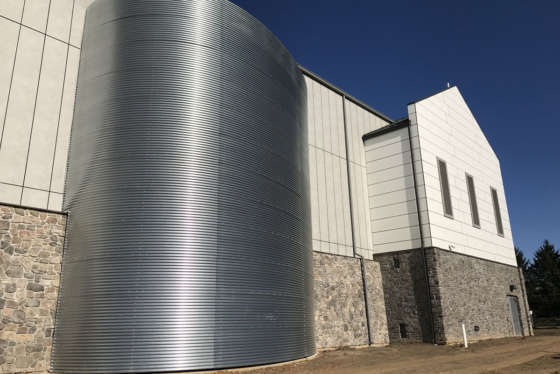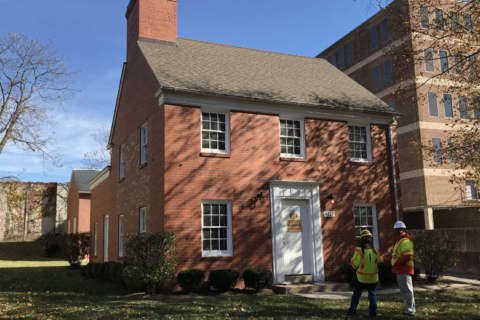
Note: This is the last of a three-part series this week called “Plug Life: The Story of Pepco Buildings.” Check out Part I here and Part II here.
WASHINGTON — Don’t get angry, but a stately looking house in D.C. is trying to trick you. It was built in 1953 at 40th and Veazey streets Northwest, close to Wisconsin Avenue, and there are others like it around our area.
“It looks like … just a single house with bushes in the front (and) with a doormat at the front door,” Pepco’s Linda Pao said.
It looks like a nice place to live, but it’s a pretender that’s been faking people out for more than 60 years.
“We are at a 4KV substation,” said Pao, a substation engineer.
There’s a second, separate building behind the first that could be mistaken for a garage or shed.
“Both houses … our equipment,” Pao said.
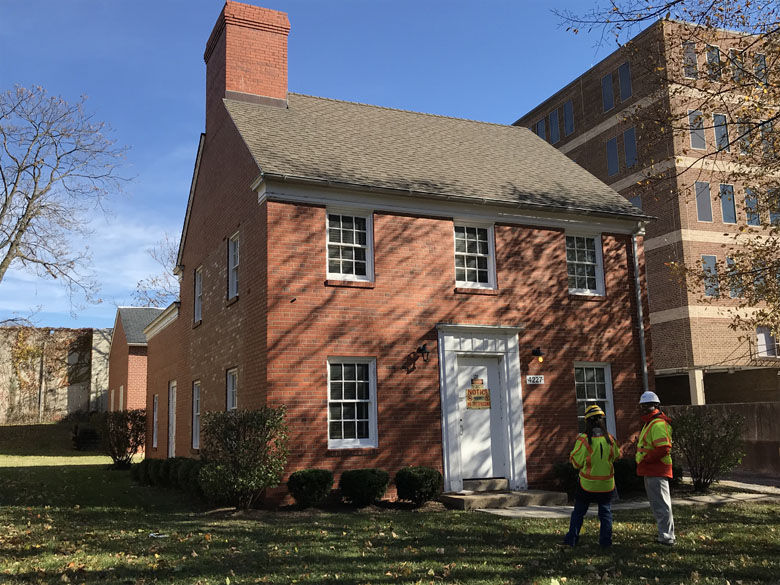
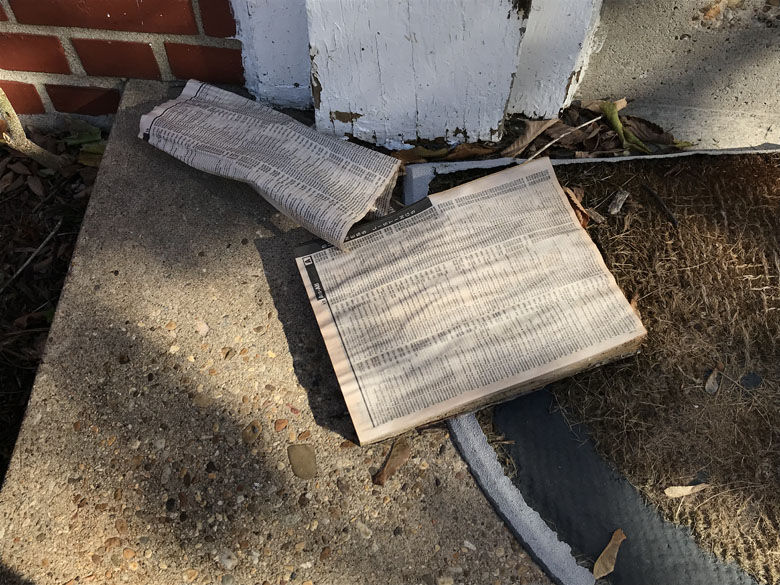
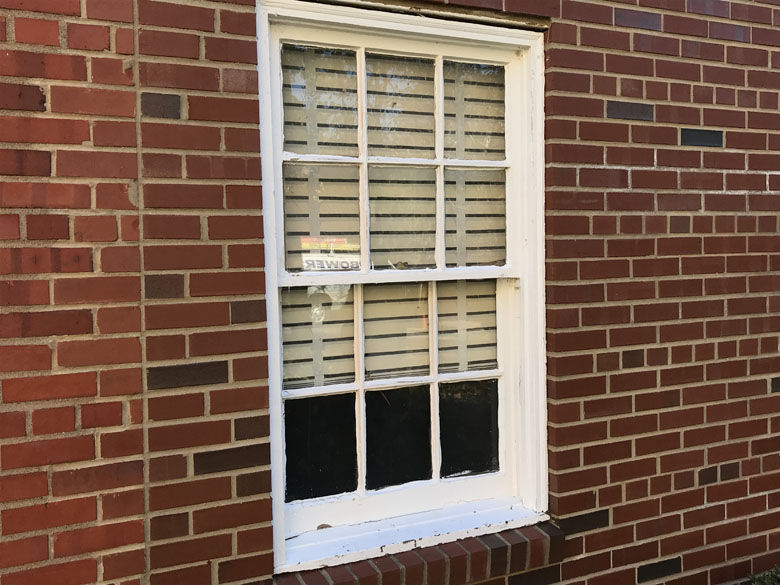
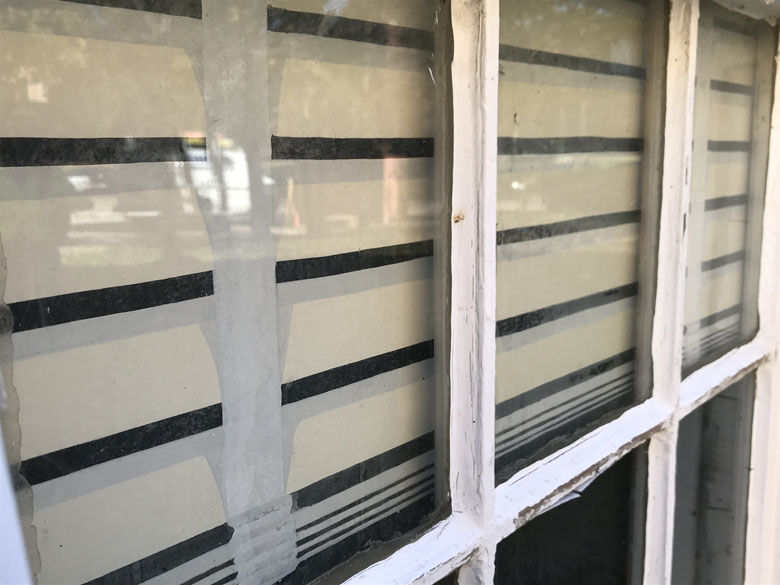
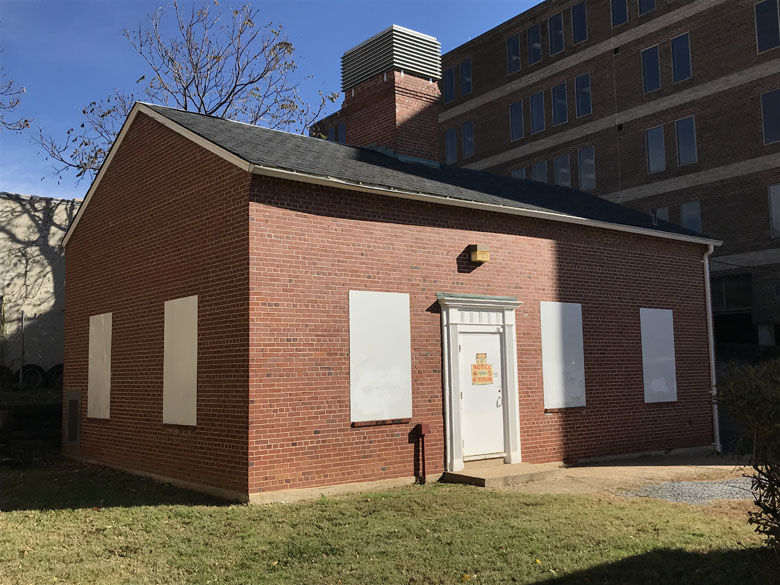
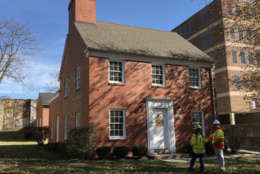
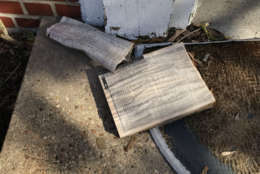
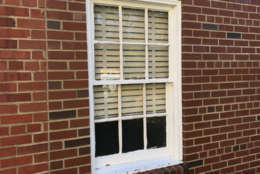
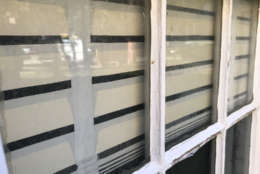
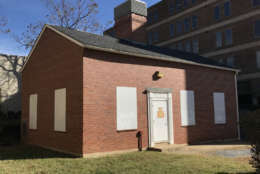
Signs on the buildings read “Danger Electrical Hazard” and “Positively No Trespassing,” but the real doormat in front helps complete the illusion. During our visit, we found that someone had left a phone book on it.
The substation’s most fascinating feature has to be on its side.
Real horizontal blinds hang in the building’s five front-facing windows, and at first glance, there appear to be more blinds in the side windows.
You have to get really close to spot that the blinds in the side windows aren’t real. They’re just paintings behind glass.
Currie Mebane, who used to live in a former Pepco substation in Rockville, is familiar with windows like that.
“They put a piece of plywood in, and they would paint venetian blinds and drapes,” Mebane said.
The substation-turned-home where he lived had three false windows.
“It was kind of fun because people would walk into the house and go to look out the window that was in the living room, and there (were) no windows in the living room,” said Mebane.
Mebane no longer lives at that property, but he heads a company that owns an extremely small substation-turned-home on River Road in Bethesda, profiled in the first part of this series.


